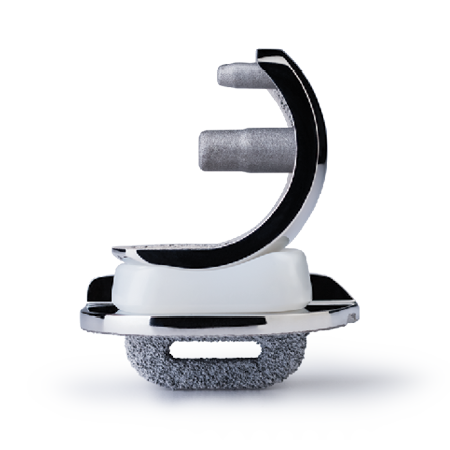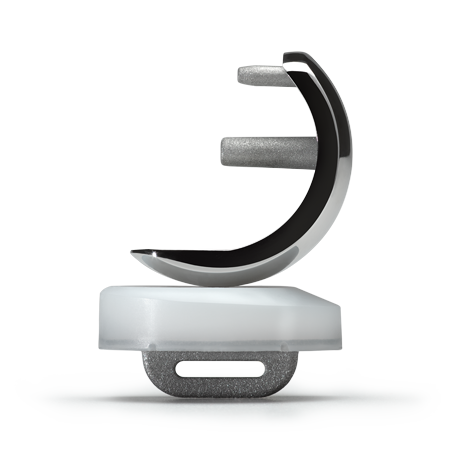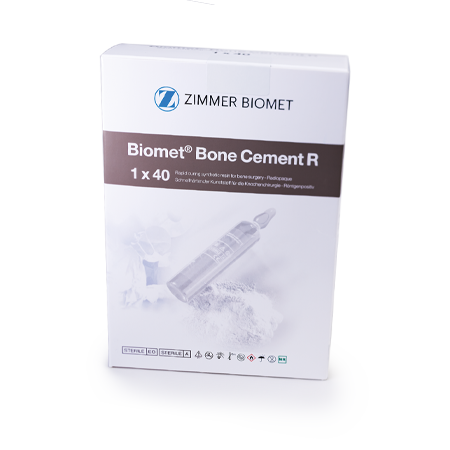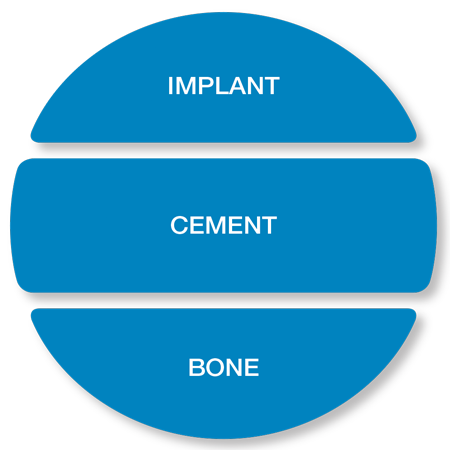- Conforming, spherical design minimizes contact stress throughout entire range of motion
- Curved inner geometry for minimal bone removal
Oxford® Partial Knee
The most widely used1 and clinically proven2,3 partial knee in the world
With 45 years of clinical heritage, the Oxford Partial Knee is the most widely used1 and clinically proven2,3 partial knee system in the world.
Procedures
- Knee Reconstruction
- Partial Knee Replacement
Philosophies
- Mobile Bearing
- Cemented
Application
- Partial Knee Arthroplasty
Clinically Proven
Survivorship at 15 years
94.0%At Minimum 15 Year Postoperative (432 knees)6
Survivorship at 20 years
91.0%91.0% Kaplan Meier Survivorship at min 20 years (14 knees)2
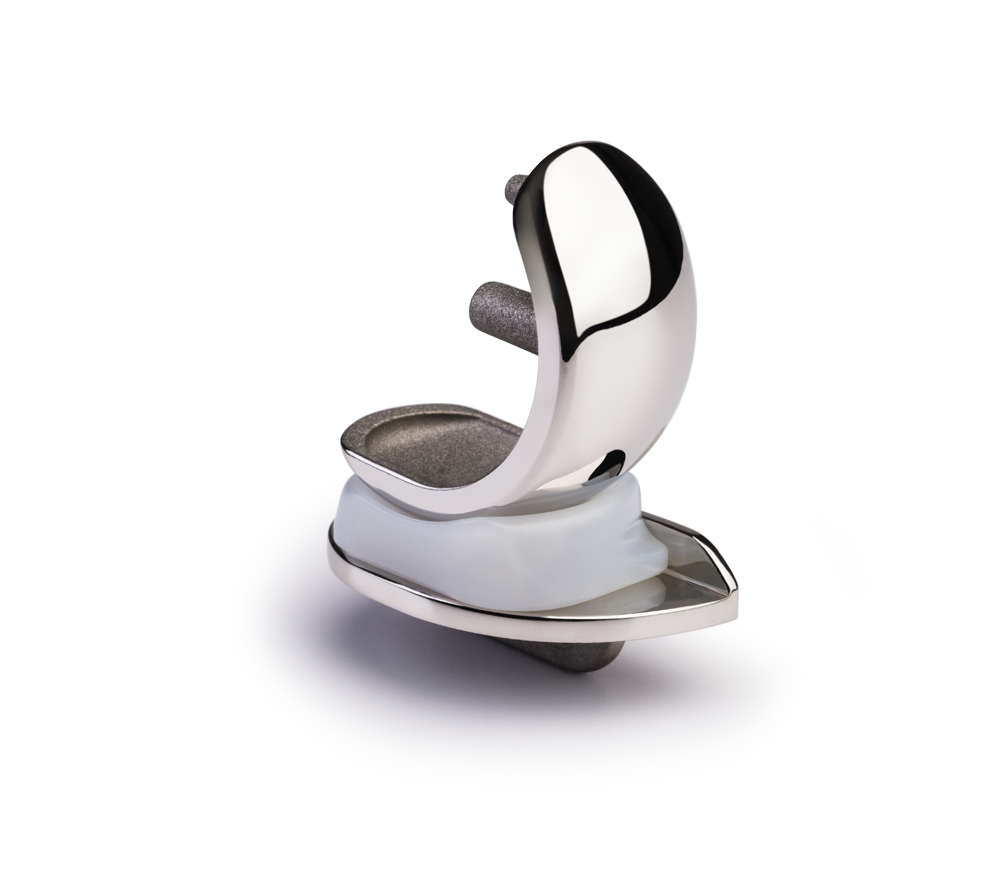

System Features
The Oxford Partial Knee offers surgeons a partial knee replacement that is less invasive and has demonstrated lower morbidity and pain scores when compared to total knee replacement.6
Reproducible Microplasty Instrumentation
Microplasty Instrumentation simplifies the surgical technique, providing for accurate and reproducible implant positioning.8 Microplasty instrumentation also shows a reduction in OR time of almost 9 minutes,9 reduced risk of dislocation10 and improved alignment11 compared to Phase 3 Instrumentation.
Specifications
Benefits
Patient Satisfaction
- After one year, a randomized, controlled study showed that significantly more partial knee patients would have the operation again compared to total knee patients.13
Less Complications
- A multi-center study demonstrated decreased morbidity and complications of PKA compared to TKA14
Proven2 and reproducible technique
- With Microplasty® Instrumentation8
Best-in-class continuous education program
- Providing in-person and virtual training opportunities
Patient Preference
- 46% of patients would choose a PKR over a TKR when presented with the various risks and benefits of both options.15 This is significantly higher than the 10% of knee replacement patients who receive a PKR today.16
Less Opioid Usage
- A study showed that PKR patients require fewer narcotics following surgery, for a shorter duration of use, less refills, and have a lower likelihood of narcotic requirement at 4 weeks.17
Important Safety Information
The Oxford Partial Knee is intended for use in individuals with osteoarthritis or avascular necrosis limited to the medial compartment of the knee and is intended to be implanted with bone cement. The Oxford Partial Knee is not indicated for use in the lateral compartment or for patients with ligament deficiency. Potential risks include, but are not limited to, loosening, dislocation, fracture, wear and infection, any of which can require additional surgery.
Education
Literature
Videos
Oxford Partial Knee with Microplasty Instrumentation Animation
Oxford Partial Knee Course Overview
Additional Information
Related Products
Tailored resources for your patients.
Find videos, articles, and interactive content to guide your patients throughout their surgical journey on ReadyPatient.com, our dedicated patient recovery site.
All content herein is protected by copyright, trademarks and other intellectual property rights, as applicable, owned by or licensed to Zimmer Biomet or its affiliates unless otherwise indicated, and must not be redistributed, duplicated or disclosed, in whole or in part, without the express written consent of Zimmer Biomet.
This material is intended for health care professionals. Distribution to any other recipient is prohibited.
For product information, including indications, contraindications, warnings, precautions, potential adverse effects and patient counseling information, see the instructions for use or contact your local representative; search this website for additional product information. To obtain a copy of the current Instructions for Use (IFU) for full prescribing and risk information, please visit labeling.zimmerbiomet.com or call 1-800-348-2759, press 4 for 411 Technical Support.
